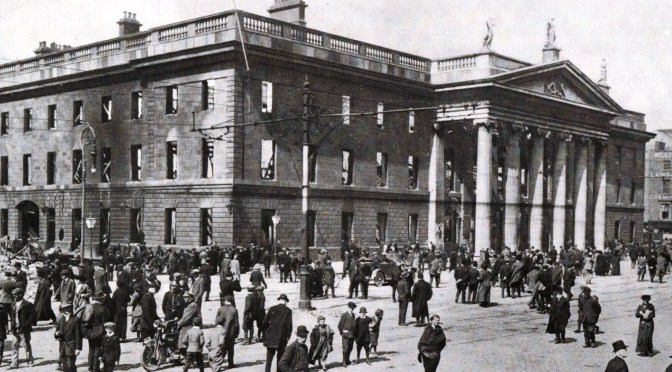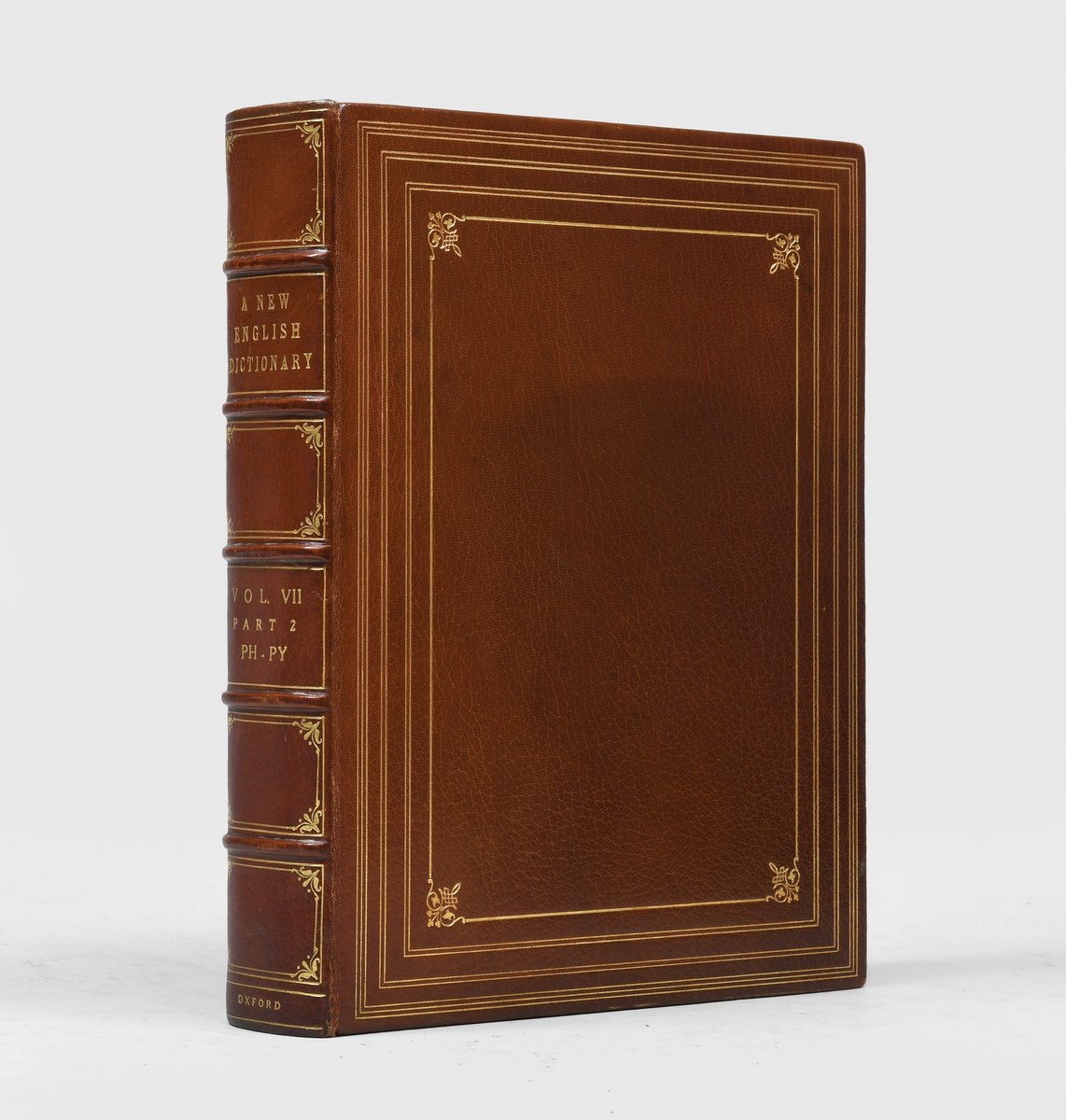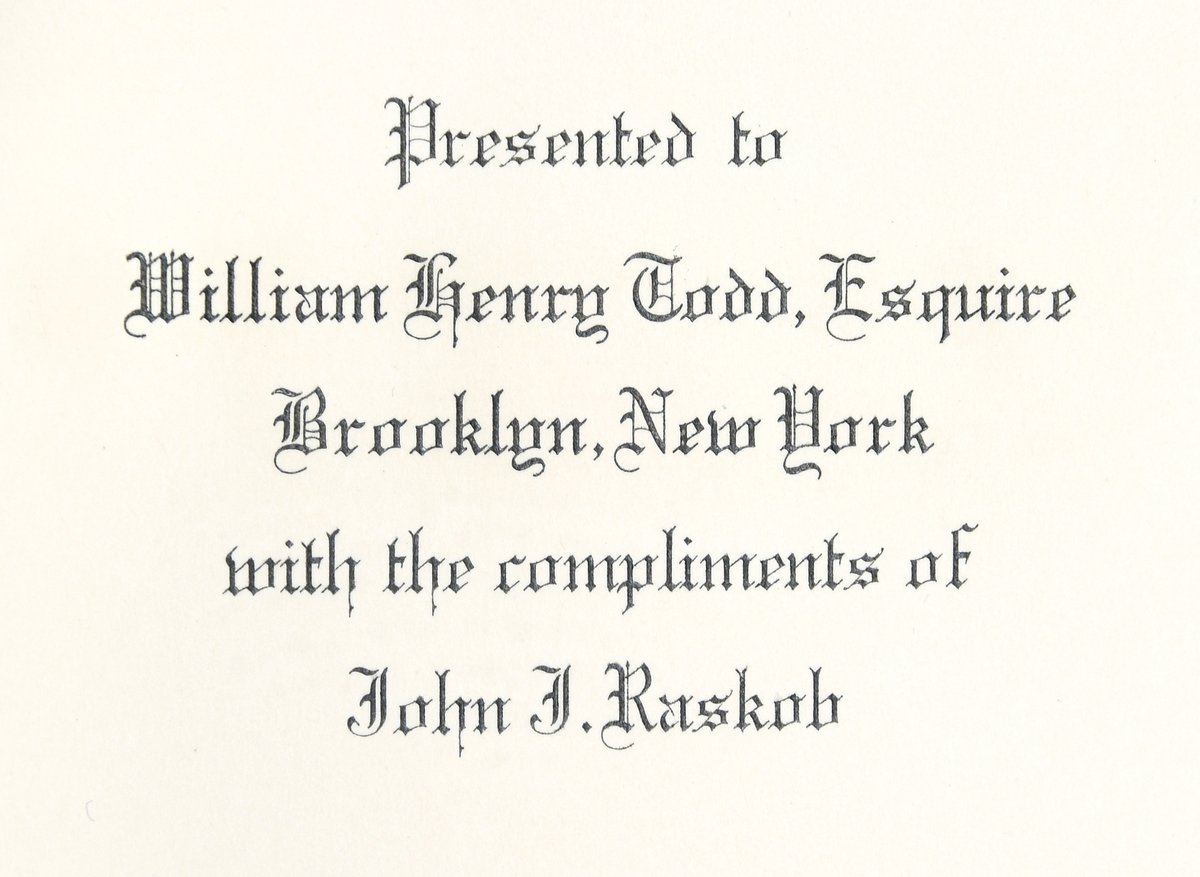
Pádraic Pearse's An Mháthair agus sgéalta eile [The Mother and Other Stories], Dundalgan Press, Dun Dealgan [Dundalk], 1916.
Patrick Pearse, the editor of “An Claidheamh Soluis”, and later a revolutionary leader in the Easter Rising, wrote poetry, short stories and plays. 1/6

Patrick Pearse, the editor of “An Claidheamh Soluis”, and later a revolutionary leader in the Easter Rising, wrote poetry, short stories and plays. 1/6


Pearse produced two books of short stories, Íosagán agus Scéalta Eile (1907) and this one. An Mháthair agus Scéalta Eile in 1916. His collection of poems, Suantraithe agus Goltraithe (1914) contains his most famous poem, “Mise Éire” (′′I am Ireland”). 2/6 





When the Easter Rising began on Easter Monday, 24 April 1916, it was Pearse who read the Proclamation of the Irish Republic from outside the General Post Office, the headquarters of the Rising. 3/6 

Pearse was the person most responsible for drafting the Proclamation, and he was chosen as President of the Republic. After six days of fighting, heavy civilian casualties and great destruction of property, Pearse issued the order to surrender. 4/6 

Pearse and fourteen other leaders, including his brother Willie, were court-martialled and executed by firing squad. Thomas Clarke, Thomas MacDonagh and Pearse himself were the first of the rebels to be executed, on 3 May 1916. He was 36 years old at the time of his death. 5/6 

The poet Louis De Paor said that Pearse was "the most perceptive critic and most accomplished poet," of the early Gaelic revival providing "a sophisticated model for a new literature in Irish that would reestablish a living connection with the pre-colonial Gaelic past." 6/6 

• • •
Missing some Tweet in this thread? You can try to
force a refresh



















